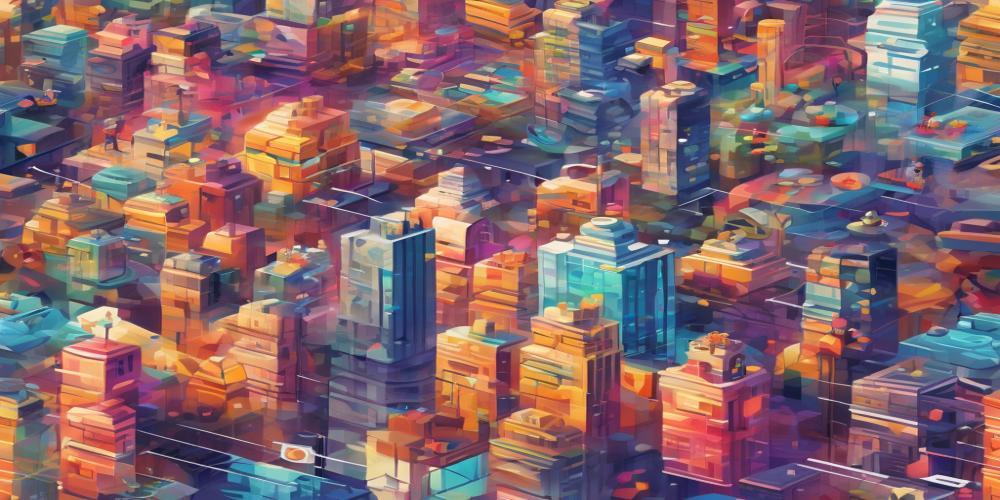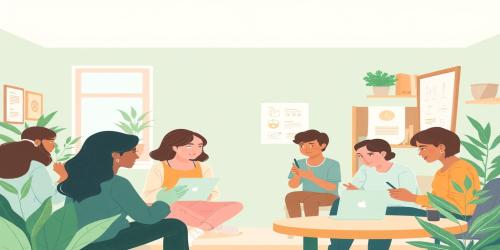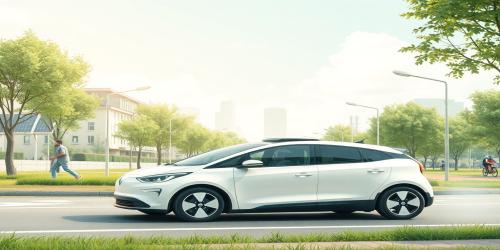AI and Creativity: Making Community Art Projects Digital
Introduction
In recent years, artificial intelligence (AI) has revolutionized countless industries, and the world of art is no exception. One of the most exciting developments is how AI is transforming community art projects, bridging the gap between traditional creativity and digital innovation. From collaborative murals to interactive installations, AI tools are empowering communities to create art in ways never before possible.
The Role of AI in Collaborative Art
AI is not replacing human creativity—it's enhancing it. Community art projects often involve diverse groups of people with varying levels of artistic skill. AI-powered platforms can analyze input from multiple participants, offering suggestions, refining ideas, and even generating cohesive designs from disjointed contributions. This makes art more inclusive and accessible, allowing everyone to contribute meaningfully.
Examples of AI-Driven Community Art
Projects like Neural Murals and Digital Graffiti Walls showcase how AI can merge individual contributions into stunning visual experiences. These platforms use machine learning to detect patterns, harmonize colors, and create seamless compositions from crowd-sourced drawings or photos.
Benefits of Digitizing Community Art
- Accessibility: Digital tools enable participation from people who may not have physical access to traditional art spaces.
- Scalability: Projects can grow beyond geographic limitations, connecting communities globally.
- Archiving: Digital art is easily preserved and shared, ensuring long-term engagement and impact.
Challenges and Ethical Considerations
While AI offers immense potential, it also raises questions about authorship and authenticity. Should AI-generated art be credited to the machine, the participants, or both? Additionally, ensuring data privacy in collaborative platforms is crucial to maintaining trust within communities.
The Future of AI in Community Art
As AI technology evolves, we can expect even more immersive and interactive art experiences. Augmented reality (AR) and virtual reality (VR) integrations will allow participants to step inside their creations, while generative AI could produce dynamic artworks that evolve over time. The possibilities are endless—and the future of community art is brighter than ever.
By embracing AI, communities can redefine creativity, making art a truly collective and boundary-pushing endeavor.










